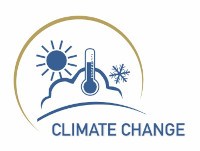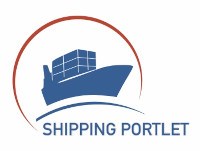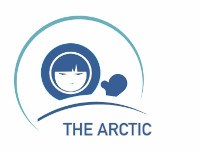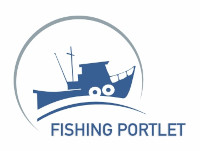Indigenous Peoples (also known as Aboriginals) is the collective term for the original inhabitants of North America and their descendants. According to the Canadian Constitution Act of 1982, the Indigenous Peoples of Canada include First Nations, Inuit, and Métis.
First Nations are the largest Indigenous group in Canada, comprising diverse nations with distinct cultures, languages, and histories. The term refers to Indigenous peoples who are neither Inuit nor Métis and includes more than 600 recognized First Nations governments or bands across the country.
As of the 2021 Canadian Census, more than 1.8 million people in Canada identified as Indigenous, representing 5.0% of the national population. This includes approximately:
- 1.05 million First Nations people,
- 624,000 Métis,
- and 70,500 Inuit.
Indigenous communities are located in urban, rural, and remote regions across Canada. These include:
- First Nations communities (often on reserves),
- Inuit communities in Nunavut, Northwest Territories, Northern Quebec (Nunavik), and Labrador (Nunatsiavut),
- and Métis settlements and Indigenous urban populations in cities like Winnipeg, which is home to one of the largest urban Indigenous populations in the country.
First Nations, Inuit, and Métis peoples have long contributed to Canadian society as leaders, artists, activists, and cultural knowledge-keepers, helping to shape a richer and more inclusive national identity.
History and Cultural Legacy
Prior to European contact, Indigenous civilizations in Canada featured permanent settlements, agriculture, civic and ceremonial architecture, complex social structures, and widespread trading networks.
The Métis culture emerged in the mid-17th century from the union of First Nations or Inuit women and European fur traders, creating a unique and vibrant cultural identity that blends Indigenous and European traditions.
The Inuit, due to their remote Arctic location, had more limited interaction with Europeans in the early colonial period. Over time, however, Inuit communities were drawn into national policies, treaties, and land claims processes alongside First Nations and Métis peoples.
Numerous laws, treaties, and modern agreements have been enacted between Indigenous communities and the Canadian government. The right to self-government allows Indigenous groups to manage their own historical, cultural, political, health, and economic affairs.
The Creation of Nunavut
One of the most significant milestones in Indigenous self-governance came with the creation of Nunavut in 1999—a result of decades of negotiation and activism. The Nunavut Land Claims Agreement was the largest Indigenous land claim settlement in Canadian history, granting the Inuit rights to nearly 350,000 square kilometres of land and control over natural resources, wildlife harvesting, and development planning.
In 1982, a plebiscite in the Northwest Territories showed 53% support—including a majority of Inuit and First Nations—for dividing the territory. After years of further negotiations, Nunavut officially became Canada's third territory on April 1, 1999.
With its capital in Iqaluit, Nunavut established a public government that represents both Inuit and non-Indigenous residents, though it maintains strong emphasis on Inuit culture, language, and values. Workers may even take leave for traditional activities such as hunting and fishing.
On July 1, 2009, Nunavut enacted the Inuit Language Protection Act, making Inuktut (including Inuktitut and Inuinnaqtun), English, and French the territory's official languages. The Act ensures services, education, and communications are available in Inuktut, strengthening cultural preservation.
The Nunavut Trust, which oversees compensation payments from the federal government, distributes funding among the three regional Inuit associations:
- Kitikmeot Inuit Association
- Kivalliq Inuit Association
- Qikiqtani Inuit Association
These associations play key roles in local governance, resource management, and cultural advocacy across the territory.
Source:The Arctic by R. SaleArctic Human Development ReportAboriginal PeoplesNunavut Land Claims Agreement








